What do you think of when you hear chainmaille? Armour, jewelry, shark suits, what the heck is that?
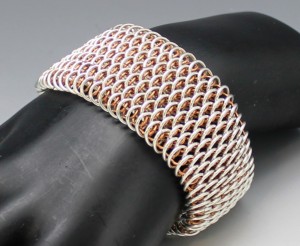 Chainmaille dates back to at least the 4th century BC when it was used at body armour but may have dated back even further when scale armour was used. Can you picture our modern police officers running around in full mail today? The artform spread to North Africa, the Middle East, Central Asia, India, Tibet, Korea and Japan.
Chainmaille dates back to at least the 4th century BC when it was used at body armour but may have dated back even further when scale armour was used. Can you picture our modern police officers running around in full mail today? The artform spread to North Africa, the Middle East, Central Asia, India, Tibet, Korea and Japan.
While an ancient art form, mail continues to be used today in the form of cut resistant gloves for butchers and woodworkers as well as shark resistant suits for divers but my favorite current application is definitely jewelry! Chainmaille jewelry is a beautiful combination of hard and light that stands out among other jewelry styles.
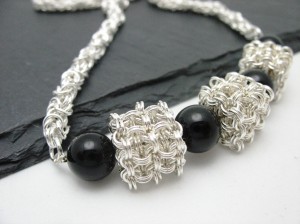 But what really goes into making chainmaille? Some maillers buy their rings from a chainmaille supply company but others, like ChainmailleByMBOI.com make our own rings. Because of this we can create whatever pattern we chose immediately rather than placing an order and waiting for shipping….works well since I tend to want to do everything NOW rather than later.
But what really goes into making chainmaille? Some maillers buy their rings from a chainmaille supply company but others, like ChainmailleByMBOI.com make our own rings. Because of this we can create whatever pattern we chose immediately rather than placing an order and waiting for shipping….works well since I tend to want to do everything NOW rather than later.
We begin by taking raw wire; sterling silver, copper, bronze, brass, or even stainless steel, and coiling it around whatever size mandrel we need to make the correct ring size. Seems simple enough, right? It is, but I can tell you that harder metals are really hard on your hands when you are winding it up!
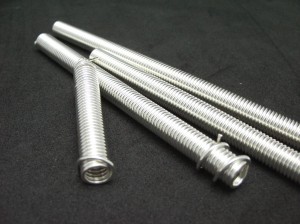
Next we place the coils into a jump ringer, which is a long box to hold it steady. Using a flex shaft with a cutting wheel, we then cut that long coil into a wonderful pile of shiny rings!
After washing the cutting lube off the rings with a bit of soap and water, the rings are ready to be woven together into any amazing pattern we chose.
Each and every ring must be opening individually and then woven into and around others to create everything from classic chainmaille sheets to intricate jewelry. The time for a piece can range from a few minutes for simple weaves with large size rings to many hours for intricate pieces with rings as small as 2mm.
Once the piece is created, the finished jewelry is then tossed into a grinder along with soap, water, and stainless steel shot for a quick tumble. This removes any dirt and grim that still remains on the rings as well as knocks off any burs that cling on from the cutting process. The final result is a stunning piece of wearable art inspired by the knights of old!
Want to try your hand at chainmaille for yourself? You can find a simple Byzantine tutorial to get you started which includes everything you need to get going….basic direction describing how to properly open rings, a written and picture tutorial for a classic Byzantine pattern, clasp, and all the rings you need to create a bracelet in sterling silver, copper or a combination. We are also available to answer questions any time if you run into a problem.

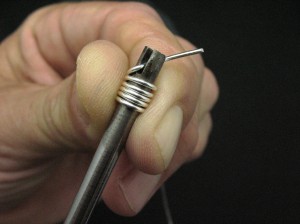



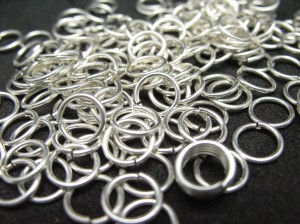
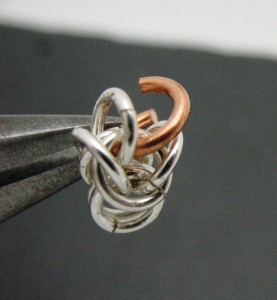
Shared 😀